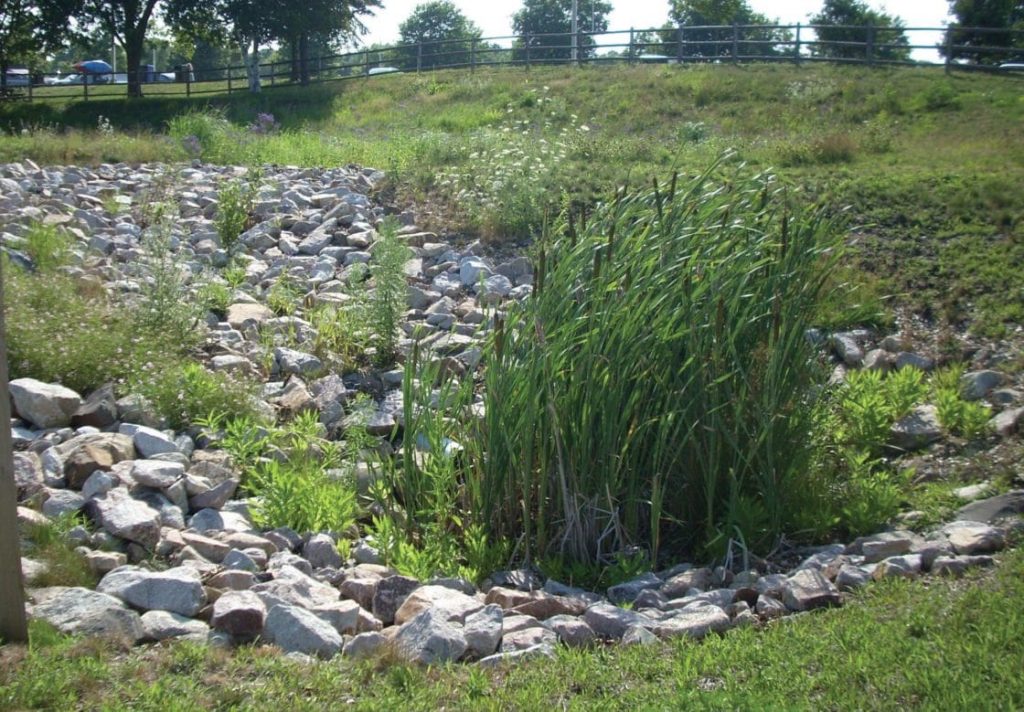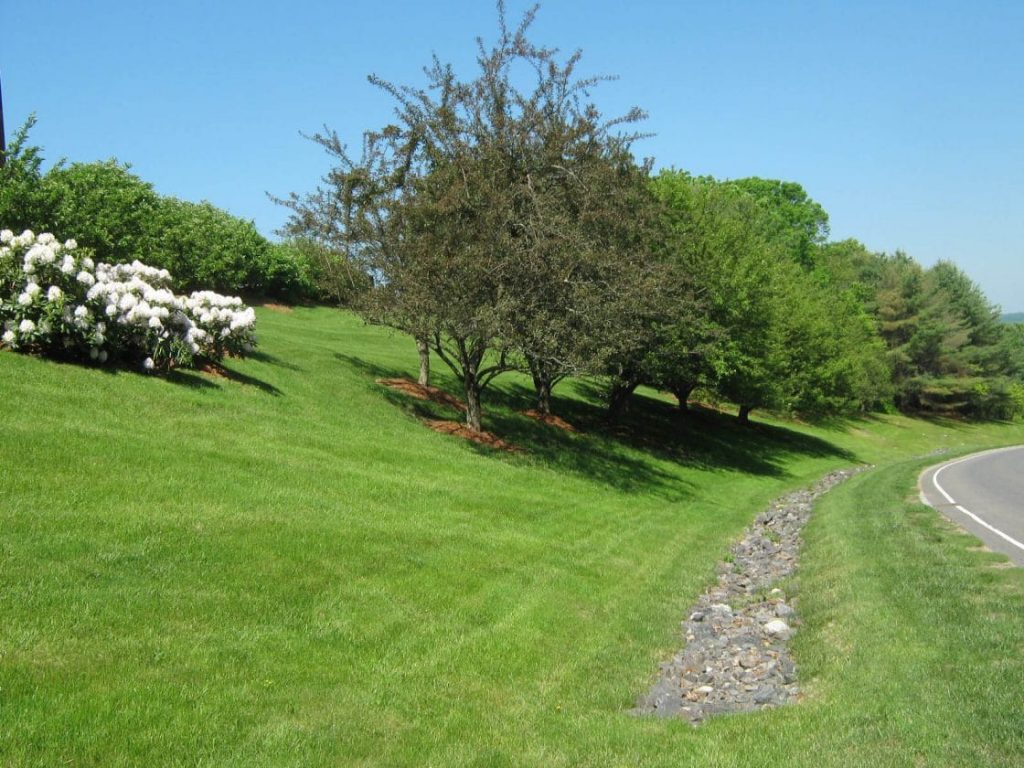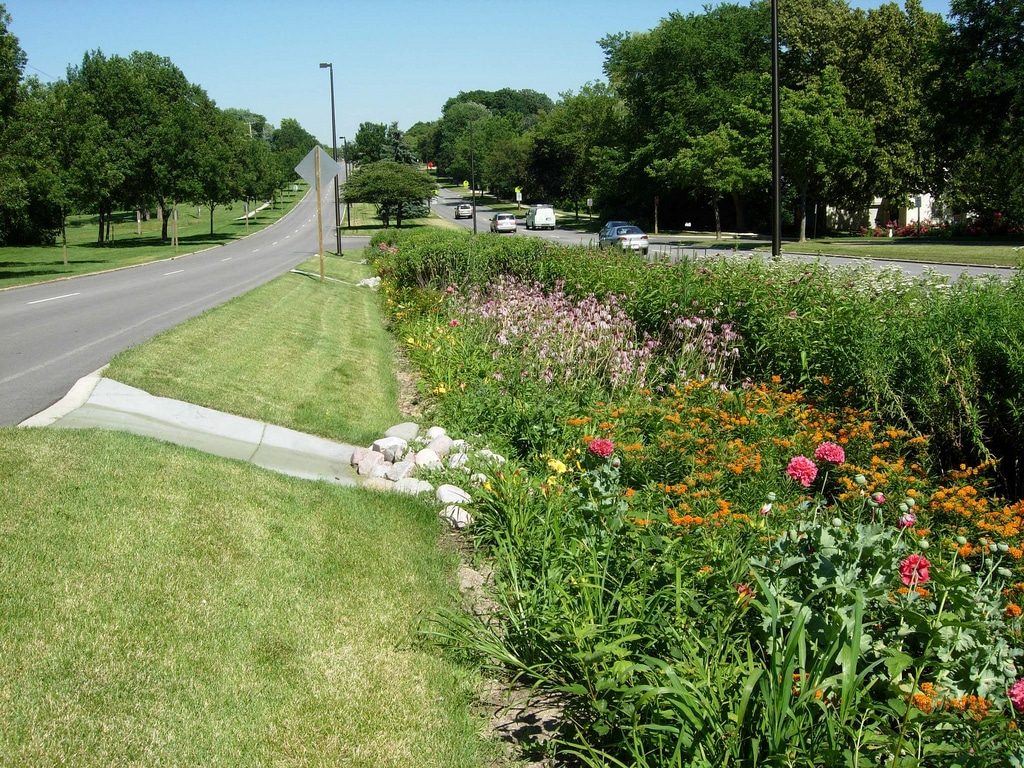Site Stormwater Management
Tata & Howard understands that the stormwater compliance environment is changing. Managing stormwater at a facility or within a watershed is about far more than just discharge rates and quantity: it is about water quality and resource protection. Our experience with stormwater management includes the following:

- Vegetated buffers
- Porous pavement and other infiltration-based management devices
- Bioretention Systems
- Treatment swales
- Low-Impact Development (LID) tools
- Evaluation of the impact of stormwater discharges on drinking water resources
- Creation of design standards and methods for stormwater management
- Design of Construction Best Management Practices and Construction Stormwater Pollution Prevention Plans
- Assistance with NPDES MS4 and MSGP compliance
- Evaluation of pretreatment and treatment mechanisms
- Development of permit applications under New Hampshire Department of Environmental Services™ Alteration of Terrain program
- Completion of detailed drainage evaluations using HydroCAD and other models;
- Assistance in developing educational materials
 We assist communities with stormwater best management practices by incorporating low impact development (LID) components such as runoff minimization, infiltration practices, rain gardens, bioretention systems, porous pavement, and vegetated buffers into their existing site design standards. Whether the goal is to improve the water quality in an impaired surface water, increase infiltration to groundwater, or reduce phosphorus in discharge, we can recommend a system that is appropriate for your site and has appropriate maintenance requirements.
We assist communities with stormwater best management practices by incorporating low impact development (LID) components such as runoff minimization, infiltration practices, rain gardens, bioretention systems, porous pavement, and vegetated buffers into their existing site design standards. Whether the goal is to improve the water quality in an impaired surface water, increase infiltration to groundwater, or reduce phosphorus in discharge, we can recommend a system that is appropriate for your site and has appropriate maintenance requirements.
Low Impact Development (LID), also known as green infrastructure, is a stormwater management approach that maintains natural hydrology during site development. LID minimizes impervious surfaces and utilizes existing natural site features along with conservational controls to manage stormwater. In LID, stormwater is viewed as a resource rather than a waste product, and the site is developed with this key concept in mind. Often, LID replaces traditional stormwater management practices that focus on moving stormwater off-site with curbs, pipes, and ditches.

LID is useful for creating functional, attractive, and environmentally friendly residential, commercial, and industrial sites, and is both sustainable and cost-effective. Some of the benefits include improved water and air quality, reduced stormwater runoff volume, increased natural habitat and recreational space, increased property values, improved groundwater recharge, and community beautification. Some key design elements of LID include rain gardens, green roofs, permeable pavement, grassed swales, bioretention basins, disconnected impervious surfaces, alternative street design, stormwater bump outs, sidewalk planters, tree boxes, and rain barrels.

